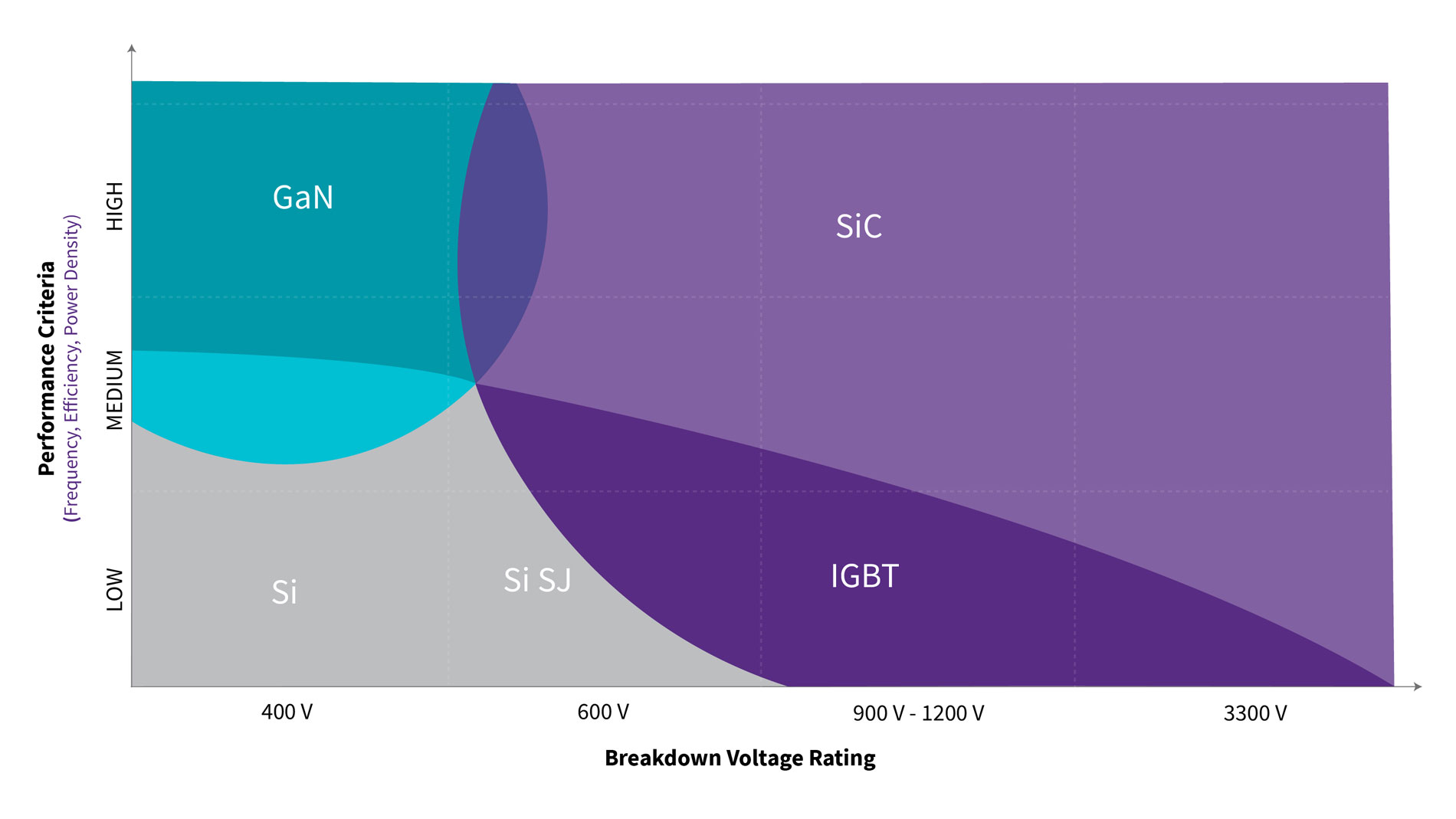
The value silicon carbide (SiC) brings to E-Mobility is clear. Most obvious is the performance, where, depending on the drive cycle, a SiC inverter, for example, is at least 5 and potentially greater than 15% more efficient than the silicon option. This saving translates to flexibility that OEMs can use to optimize for range and battery size (and battery cost). The higher power density of SiC also means weight and volume savings that can benefit overall performance and total cost of ownership for the vehicle design.
Over the last 7 years, Wolfspeed has been developing SiC dies, devices and power modules for the automotive industry, as this has revolutionised battery chemistries and specifica-tions, and evolved more sophisticated motors. The same benefits extend the attractiveness of SiC to industrial and agricultural e-mobility, including applications in the skies and on the water. For these newer uses – where the product lifecycle is 20 to 30 years, rather than a car’s typical eight – SiC’s reliability is comparable to silicon when it comes to withstanding humidity or vibration, and SiC seems to be more resilient to conditions at altitude.
Wolfspeed’s advances are driven by semicon-ductor and application innovation, such as working with motor manufacturers to realise more of the fast-switching potential of SiC, to further improve efficiency. But in e-mobility, there is also a need to innovate packaging, which is often as important as performance to guarantee integration with the up- and downstream components, and not least thermal dissipation systems.
At this year’s conference, speakers from Wolfspeed will present on and discuss high efficiency motor drives, as well as renewable energy, fast charging, modelling and testing, and SiC design and optimization.
Advertisement
